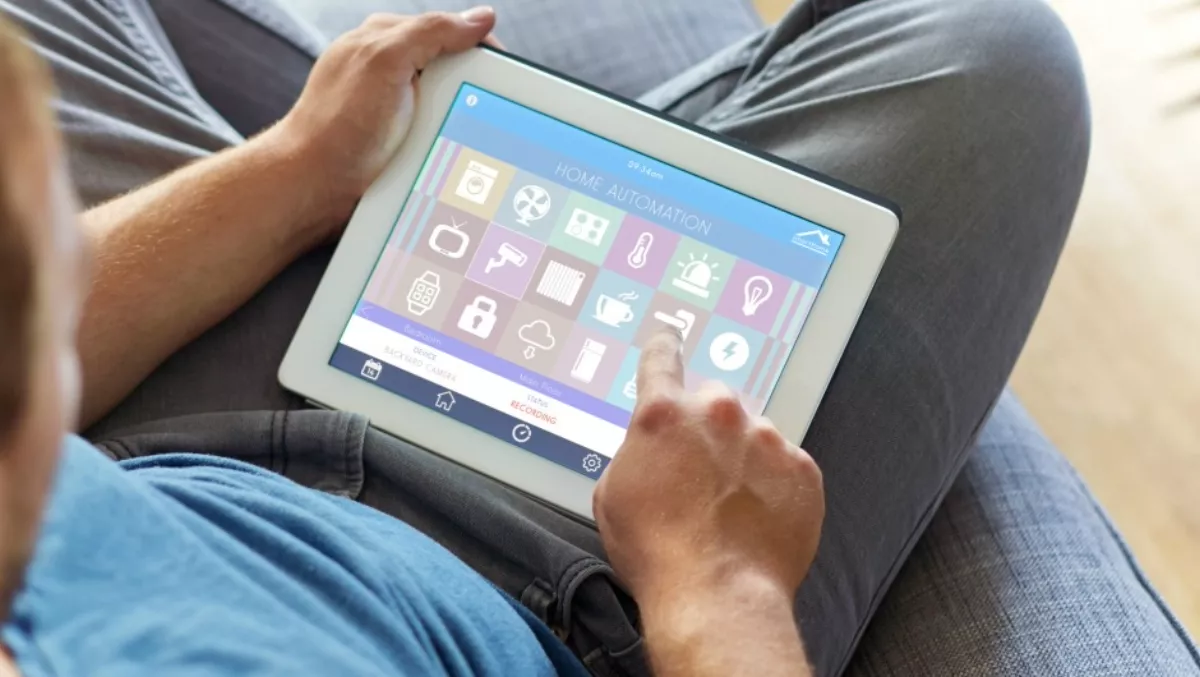
Australian's are embracing IoT at home with a vengeance, with the ‘IoT@Home' market expected to hit $4.7 billion by 2021 – up from just $377 million in 2016.
According to Telstye's Australian Internet of Things @ Home Market Study 2017 more than 40% of Australian households already have at least one IoT device.
The advisory services company says the average Australian household has 13.7 internet connected devices, with that number set to balloon to 30.7 come 2021, with 14.0 of those being ‘IoT@home' devices – or smart internet connected devices and appliances which allow consumers to control, monitor and enhance their lifestyle, typically via mobile apps.
Those figures mean that by 2021, Australian households are expected to be home to 311 million connected devices, nearly half of which are expected to be new IoT@Home devices, such as smart energy, smart security and smart lifestyle products.
Foad Fadaghi, Telsyte managing director, says IoT at home will touch many industries as businesses use smart automation to create new products and services for customers.
The company is forecasting IoT@Home to become a new battleground for telecommunications companies, retailers, energy suppliers, insurance companies and category specialists all seeking to differentiate themselves in price competitive industries, against a backdrop of widespread rollout of nbn services, fierce online retail competition and rapid digitisation of consumer lifestyles.
“The challenge will be to take households on the automation journey while handling privacy, security and upfront costs concerns,” Fadaghi says.
Half of Australians have indicated they are concerned about security when ‘everything will be connected to the internet in future', Telstye says.
The company says intelligent features which use cloud-based machine learning to provide benefits beyond self-monitoring and user initiated outcomes will be key to attracting and maintaining customers.
Telstye cites the example of a voice activated hub which understands a user's regular behaviour and automatically prompts them without being pre-programmed to provide an alert.
